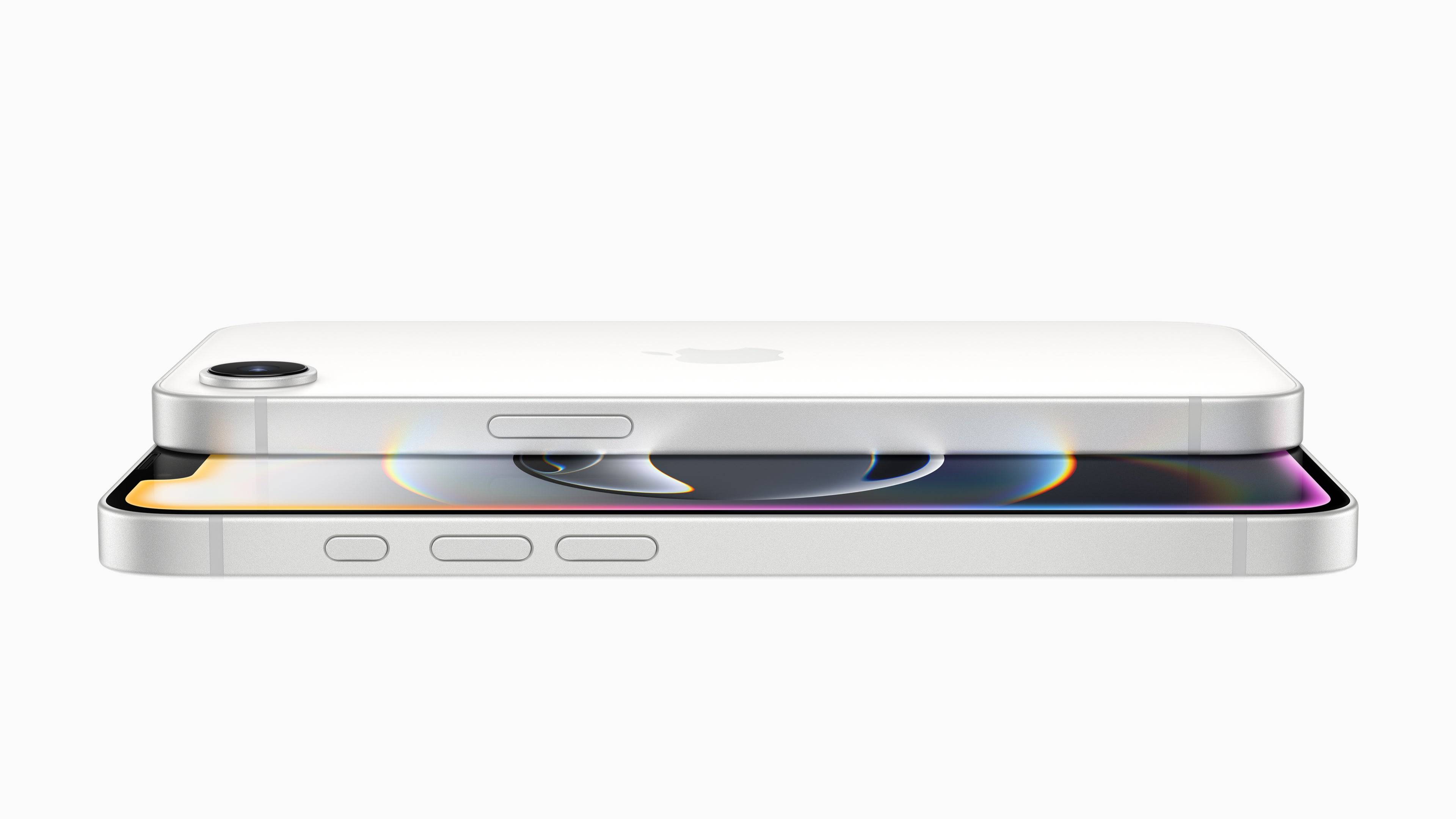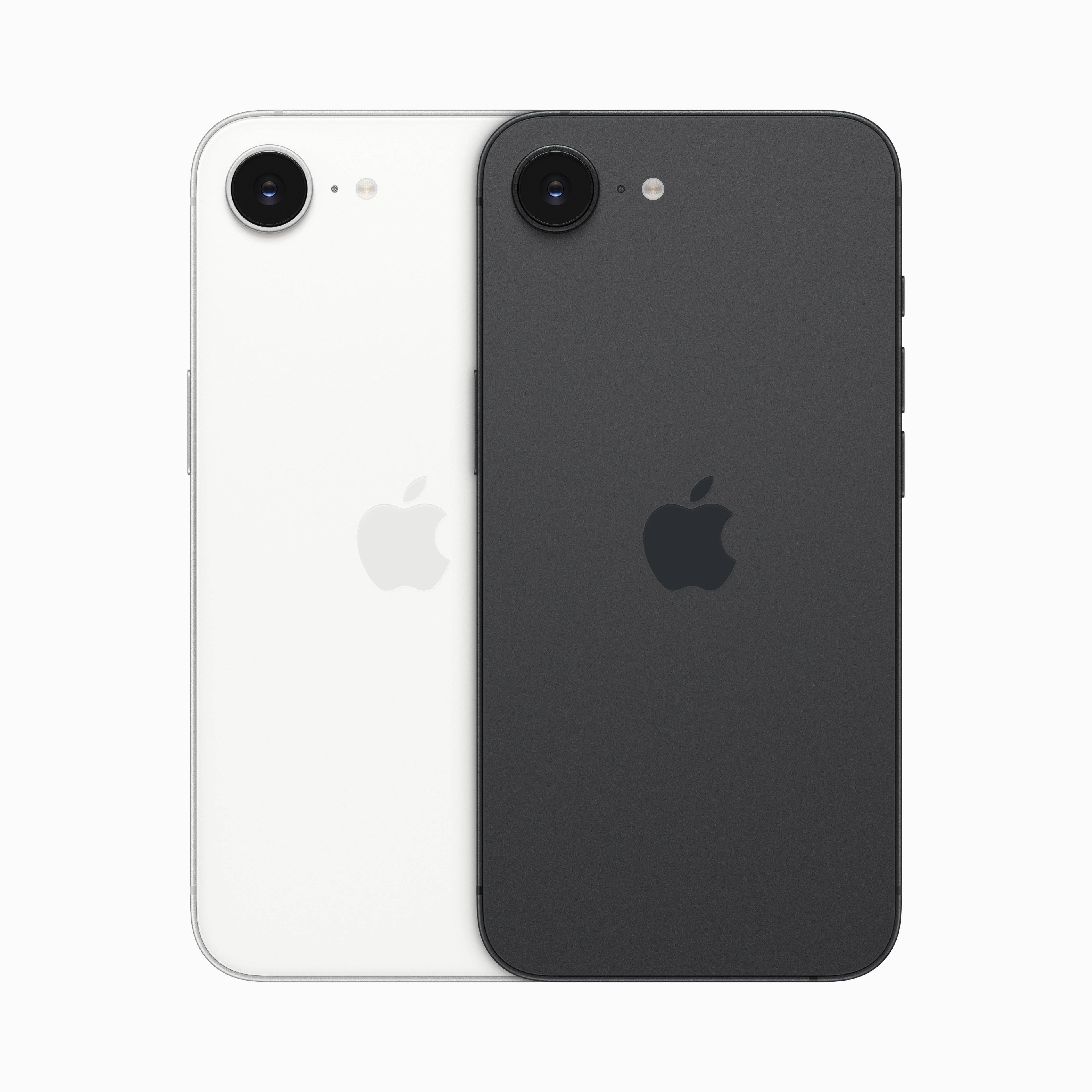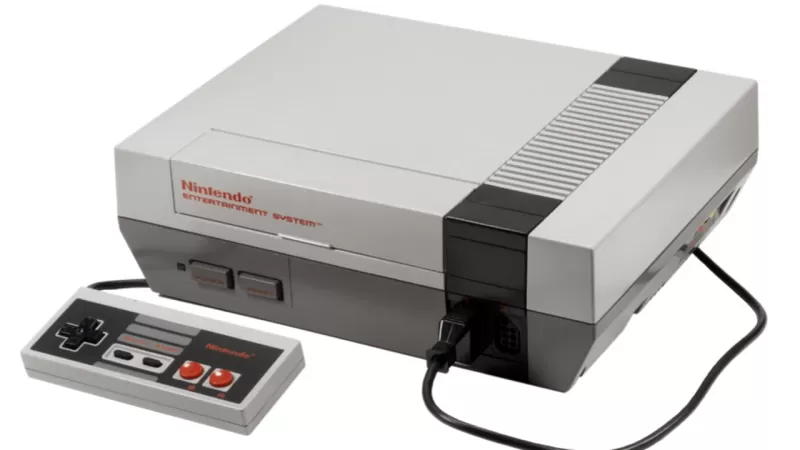On Wednesday, Apple officially introduced the iPhone 16e, now the most affordable model in its current lineup. While it takes over from the older 2022 iPhone SE as the budget-friendly choice, it moves away from the deep discounts the SE series once offered. The iPhone 16e begins at $599, closing the price gap with last fall’s $799 iPhone 16. Pre-orders open this Friday, February 21, with general availability starting the following Friday, February 28.
The iPhone 16e also marks the debut of Apple’s C1 cellular modem. Apple has a strong track record with its in-house silicon, including the M-series chips in Macs and A-series processors in iPhones and iPads. Cellular modems are a crucial yet often overlooked phone component—if the C1 underperforms, users could face various connectivity problems. Let's hope Apple applied lessons from the "Antennagate" controversy—where the iPhone 4 suffered signal problems due to its antenna design—and has ensured the iPhone 16e delivers solid connectivity.
iPhone 16e


4 Images

At first glance, it's hard to distinguish the iPhone 16e from the iPhone 14. The display specifications are the same, featuring a 6.1-inch OLED panel with a 2532×11170 resolution and 1,200 nits peak brightness. This screen isn’t as sharp or bright as the one on the iPhone 16. The iPhone 16e does include the Action button and a USB-C port, though it lacks Camera Control.
On the back, the iPhone 16e stands out more from other iPhones with its single camera, reminiscent of the earlier iPhone SE. It uses a 48MP sensor with much in common with the main camera on the current iPhone 16, though Apple reserves some features for its premium model, such as sensor-shift stabilization, the newest Photographic Styles, and post-capture focus adjustment in portrait mode. The front-facing camera seems unchanged and supports Face ID.
The iPhone 16e features an aluminum frame, a glass back, and Apple’s Ceramic Shield front glass. Apple still states in its press materials that this Ceramic Shield is "tougher than any smartphone glass," but it’s worth noting the company now offers a newer Ceramic Shield blend advertised as "twice as tough as any smartphone glass." That naturally raises questions about the durability of the older Ceramic Shield used here, especially since the iPhone 16's display showed considerable wear in our review.
The internal hardware reveals Apple’s product tiering strategy. The iPhone 16 and 16 Pro already differed, with Pro models getting the faster A18 Pro chip featuring additional GPU cores. The iPhone 16e includes an "A18" chip like the standard iPhone 16, but it's not identical—while the CPU core count is the same, the GPU is limited to four cores instead of five. Given the iPhone 16 already trails the Pro in performance, expect the iPhone 16e to be a step slower. However, since the Neural Engine remains, the phone still supports Apple Intelligence features.
Naturally, the iPhone 16e involves some compromises to hit a lower price point than other Apple phones. Overall, it doesn’t seem excessively watered down, but the discount isn’t as steep as earlier iPhone SE models. While the $599 starting price makes it Apple’s cheapest current phone, the 2022 iPhone SE launched at $429 with the same chip as the then-$799 iPhone 13. Its design was dated even at launch, but it offered nearly a 50% price cut. This time, Apple bases the iPhone 16e on a design just a couple of years old, albeit one that has received only minor updates annually since 2018.
We’ll have to wait for real-world performance tests. However, with strong Android alternatives around $600—like the OnePlus 13R—Apple may struggle to attract buyers who aren’t already committed to its ecosystem.












